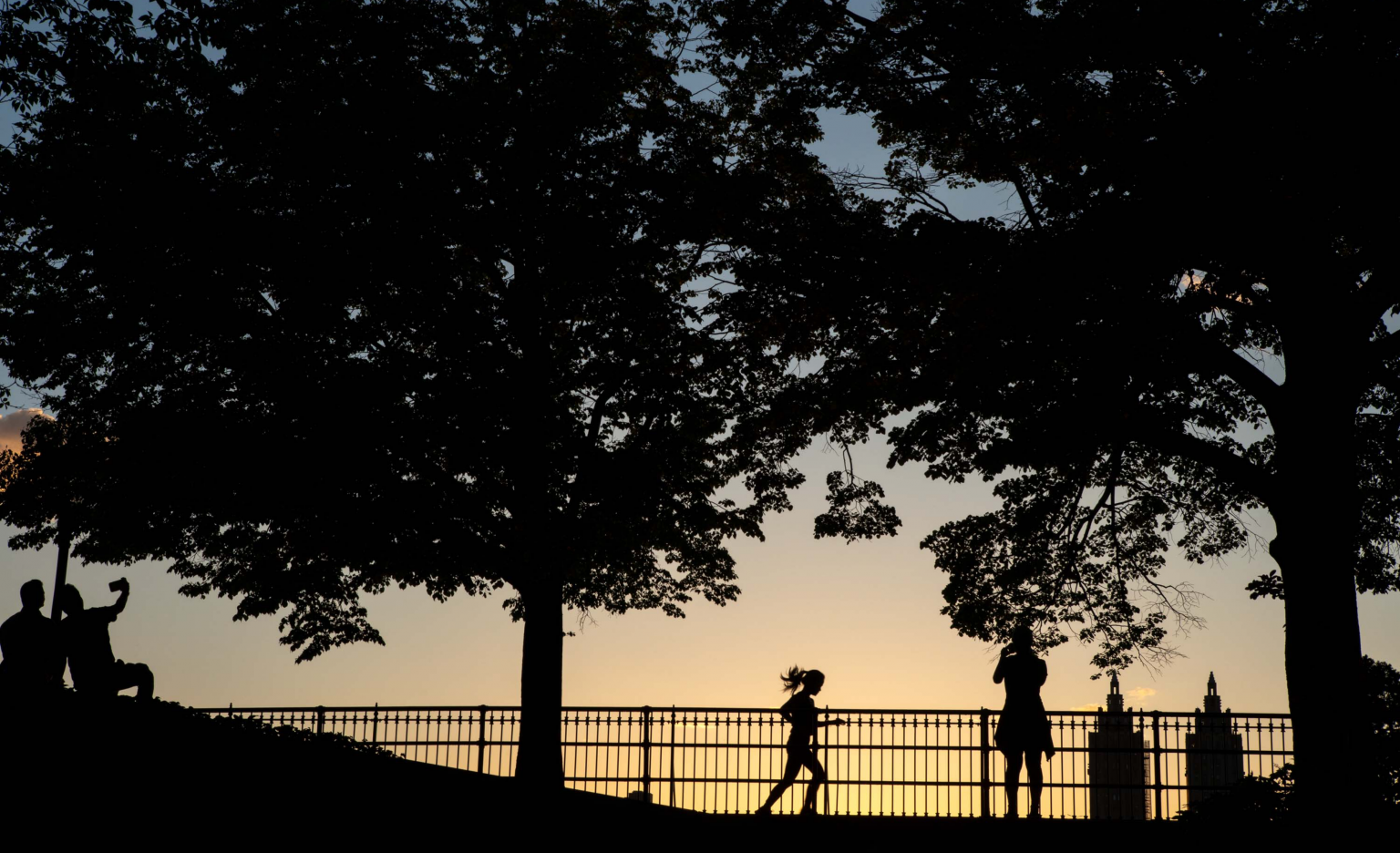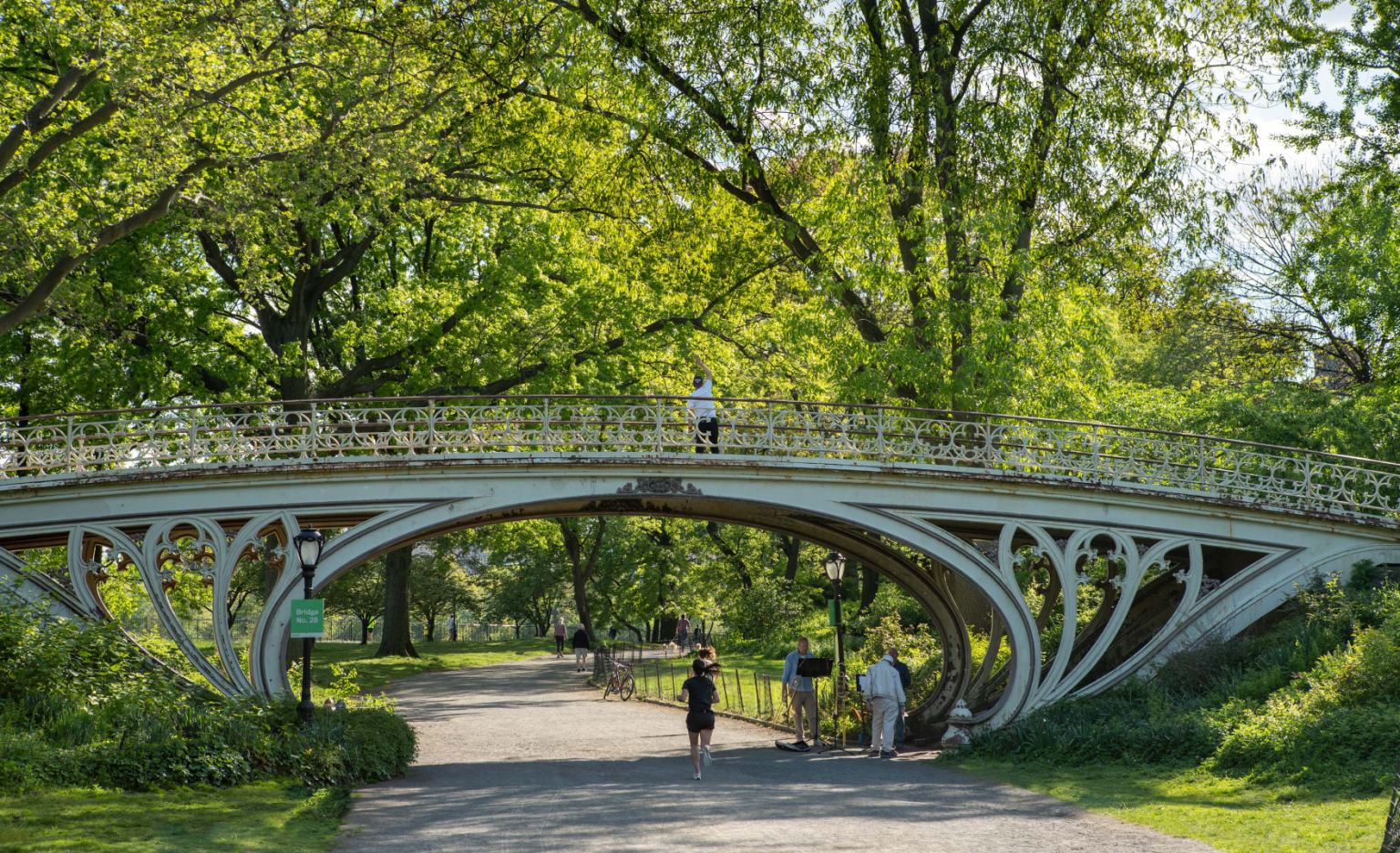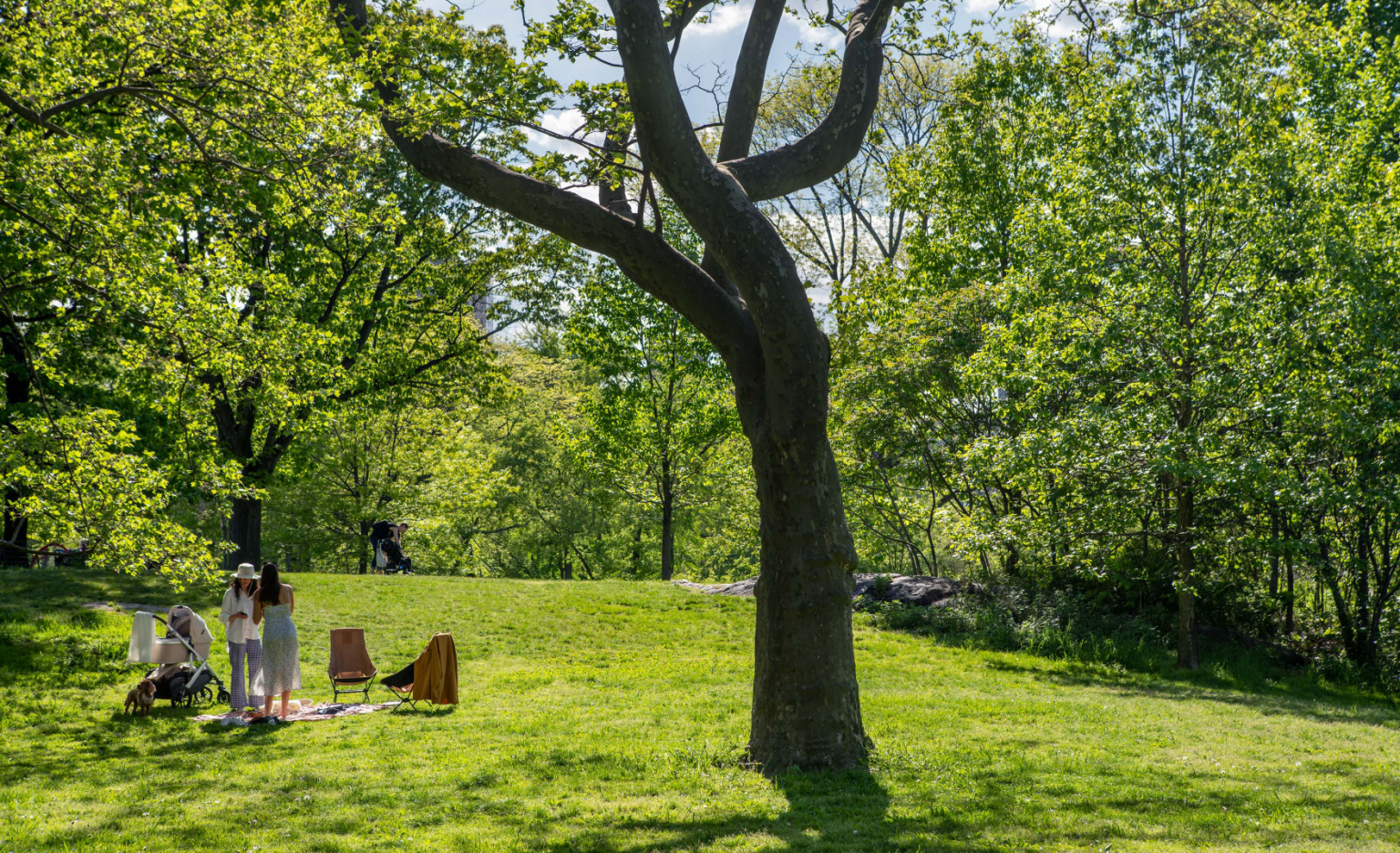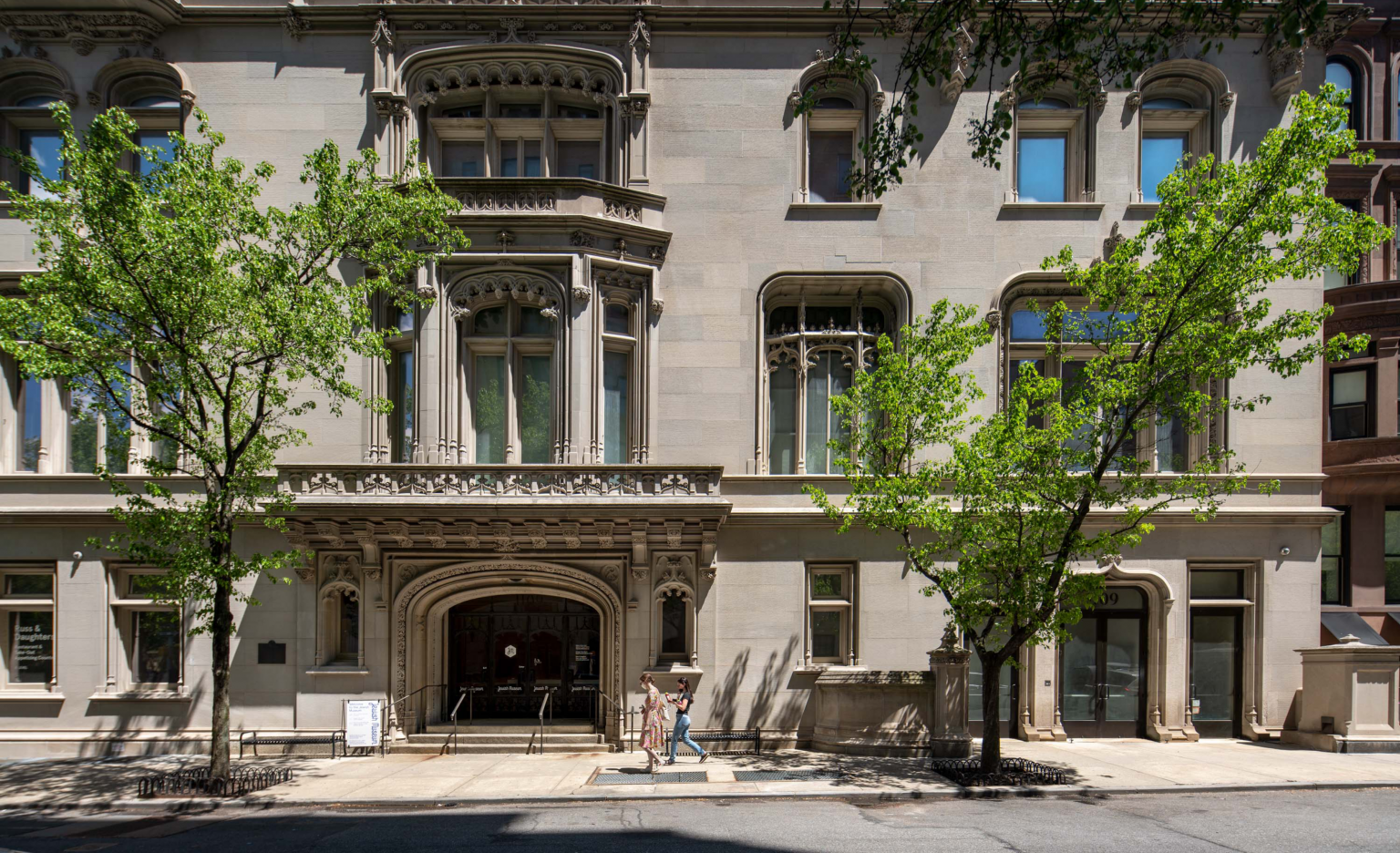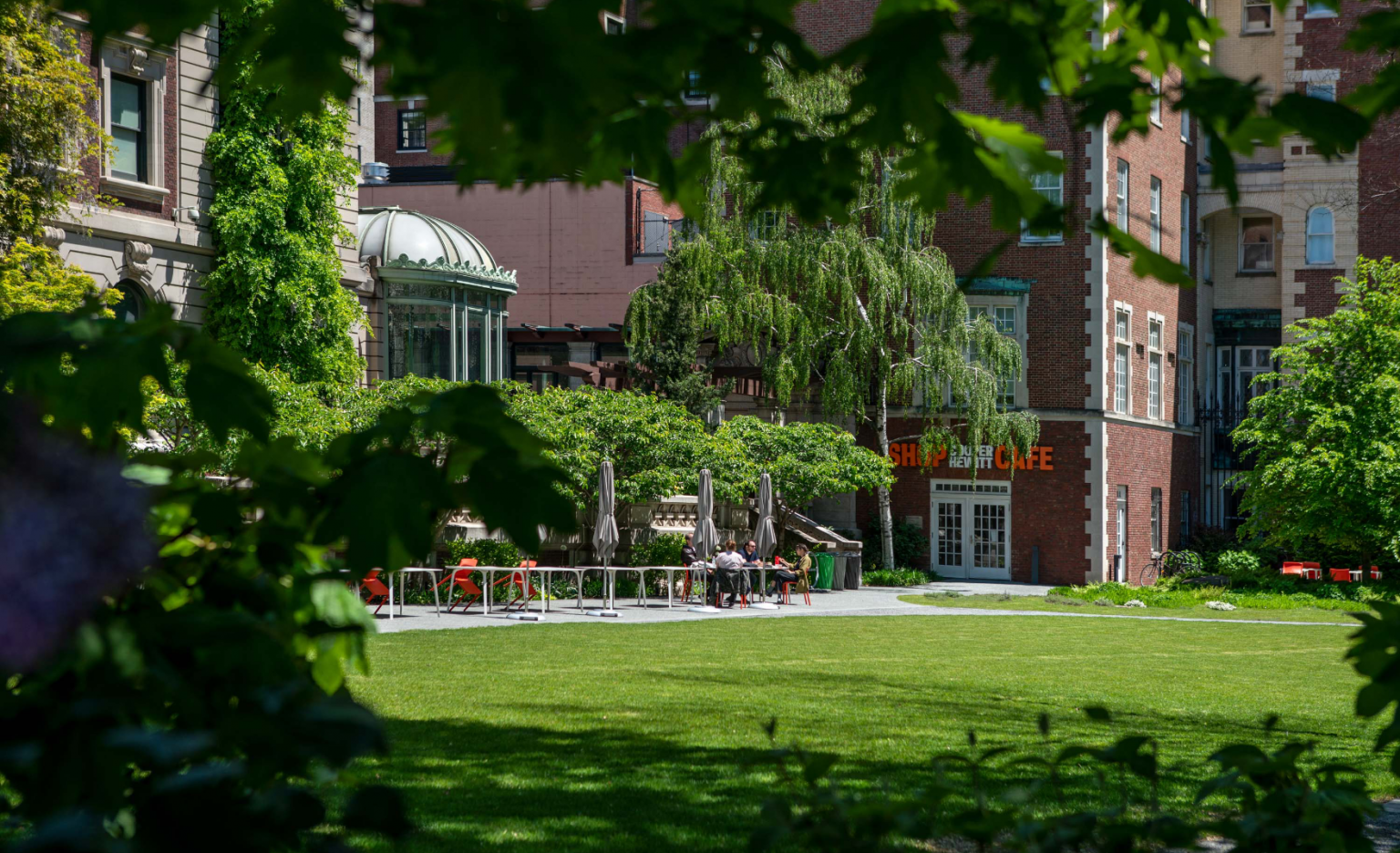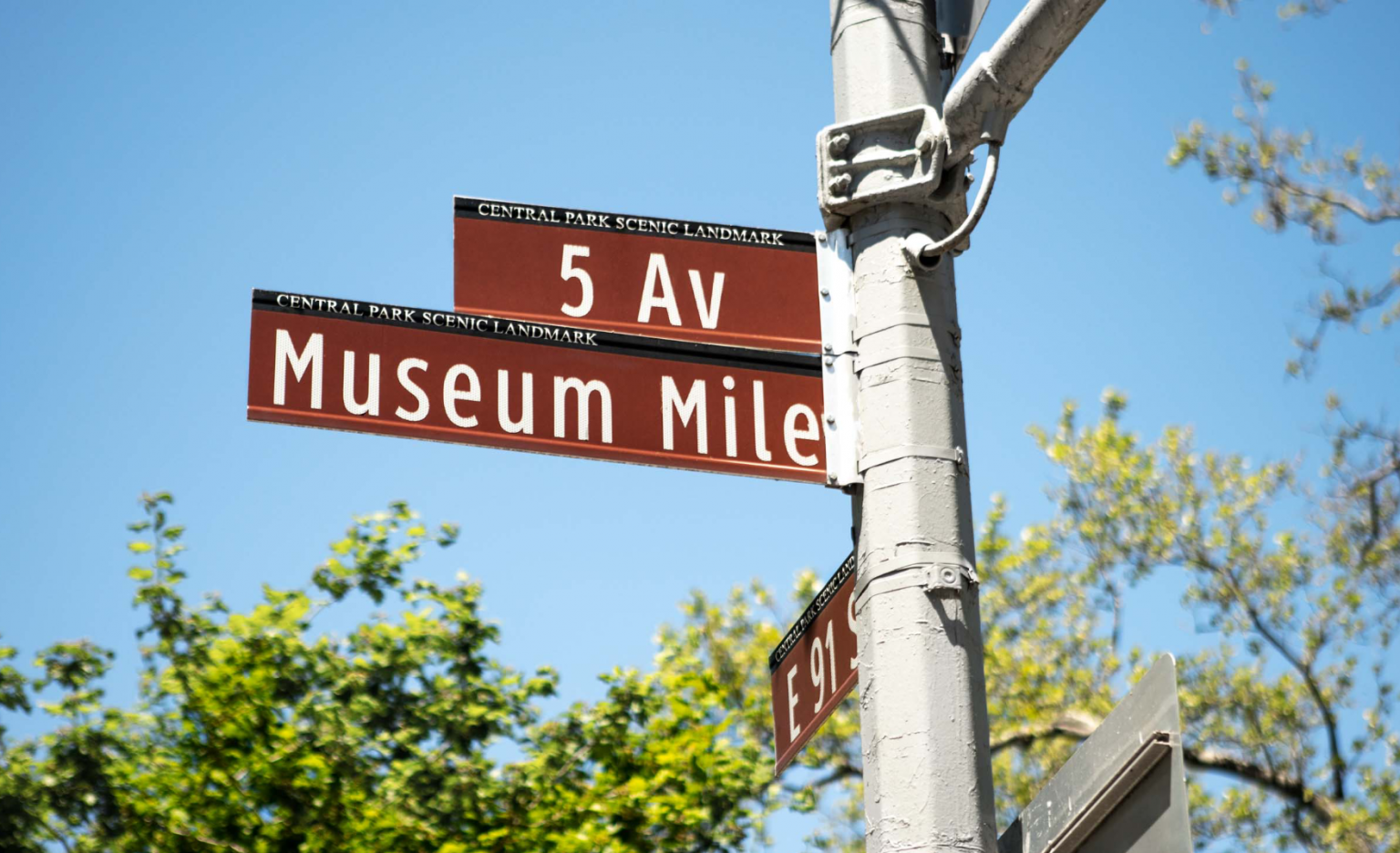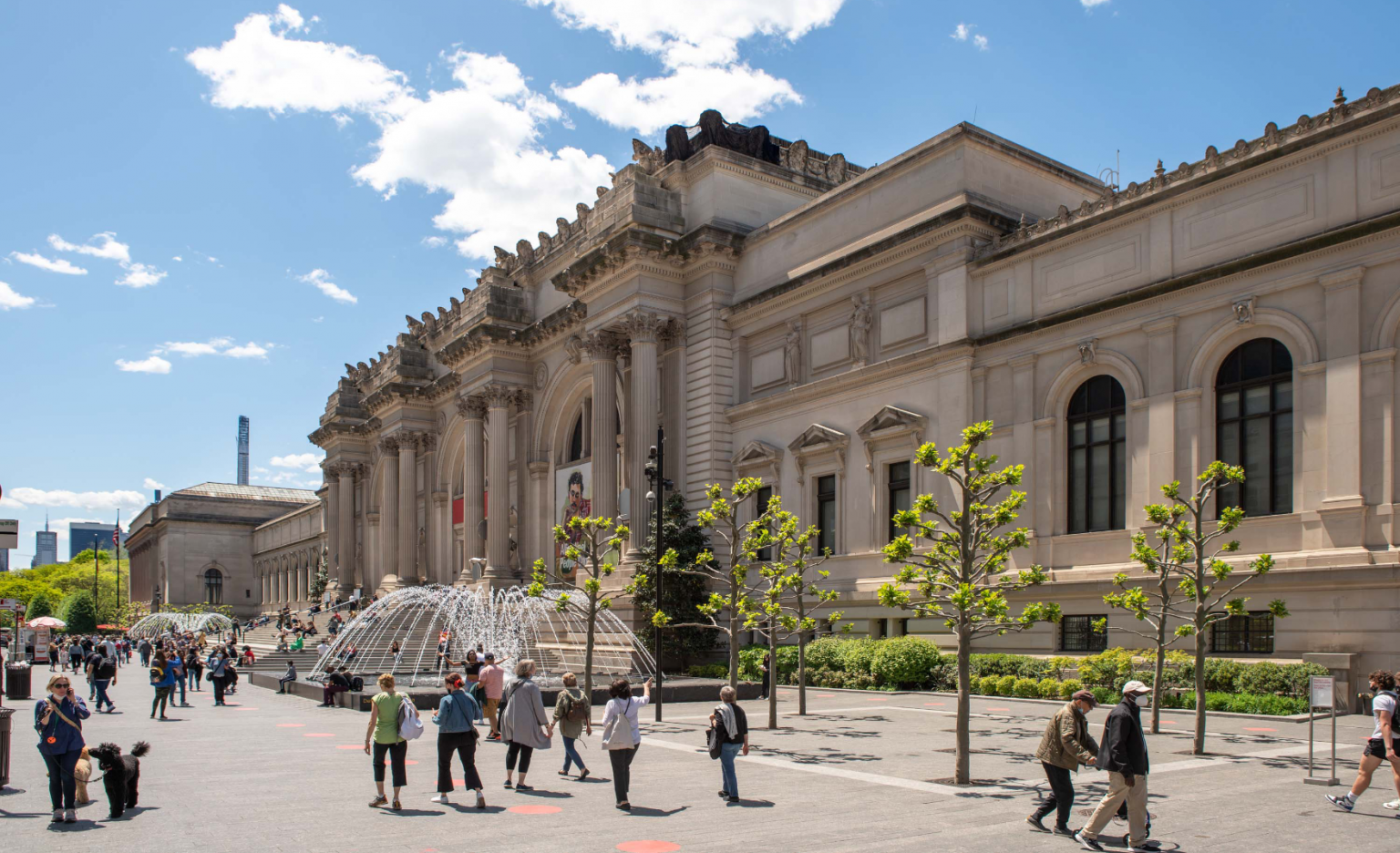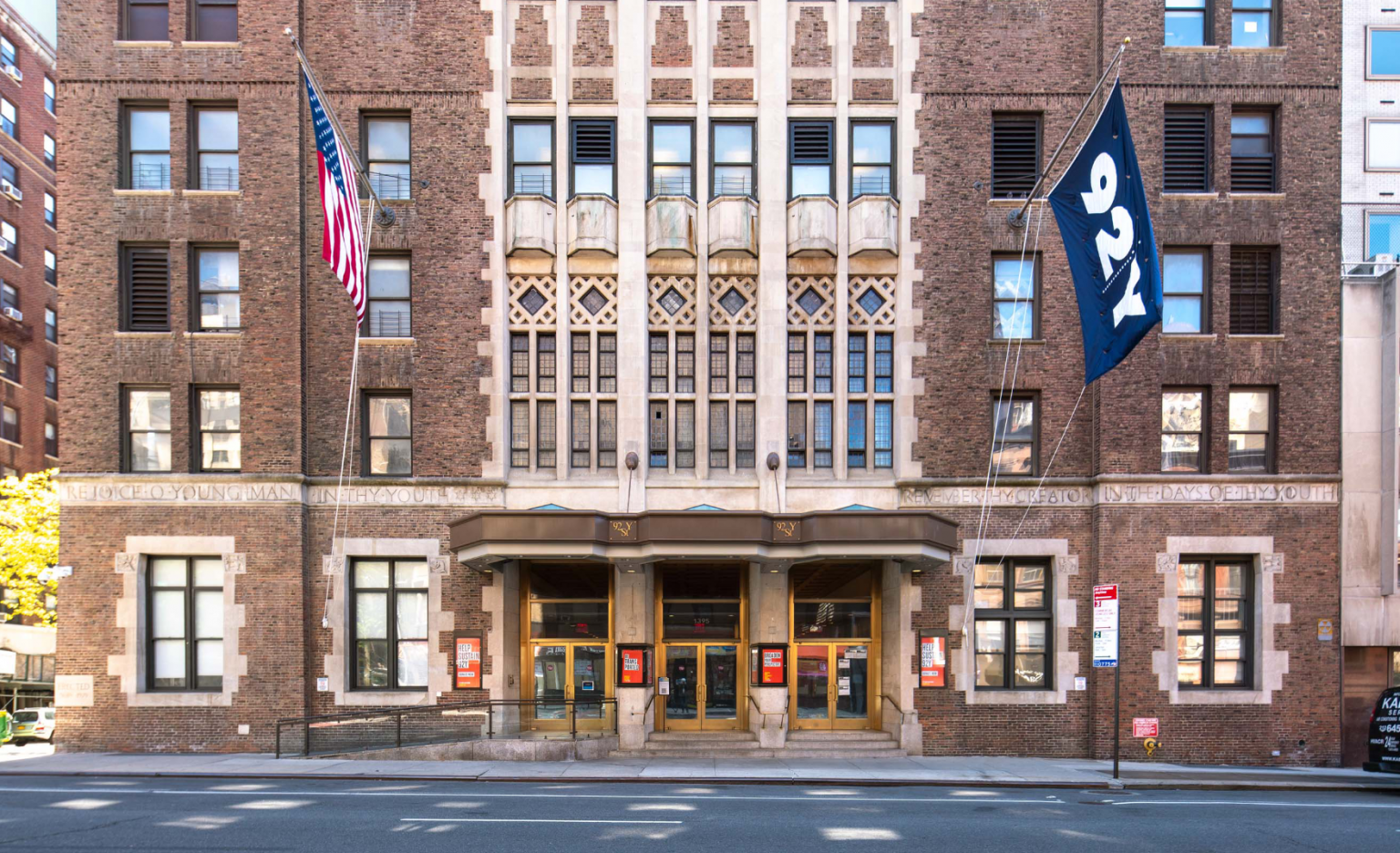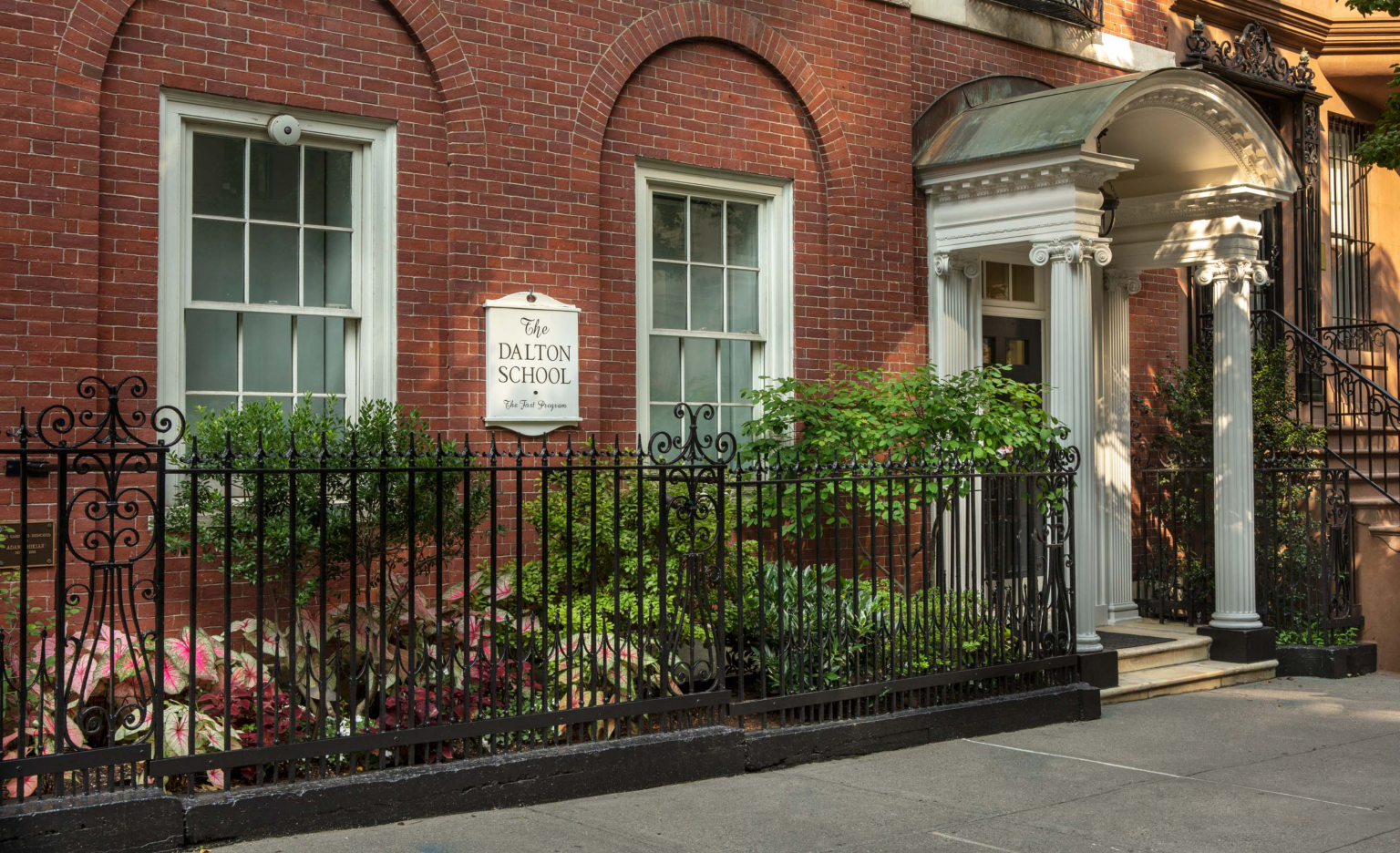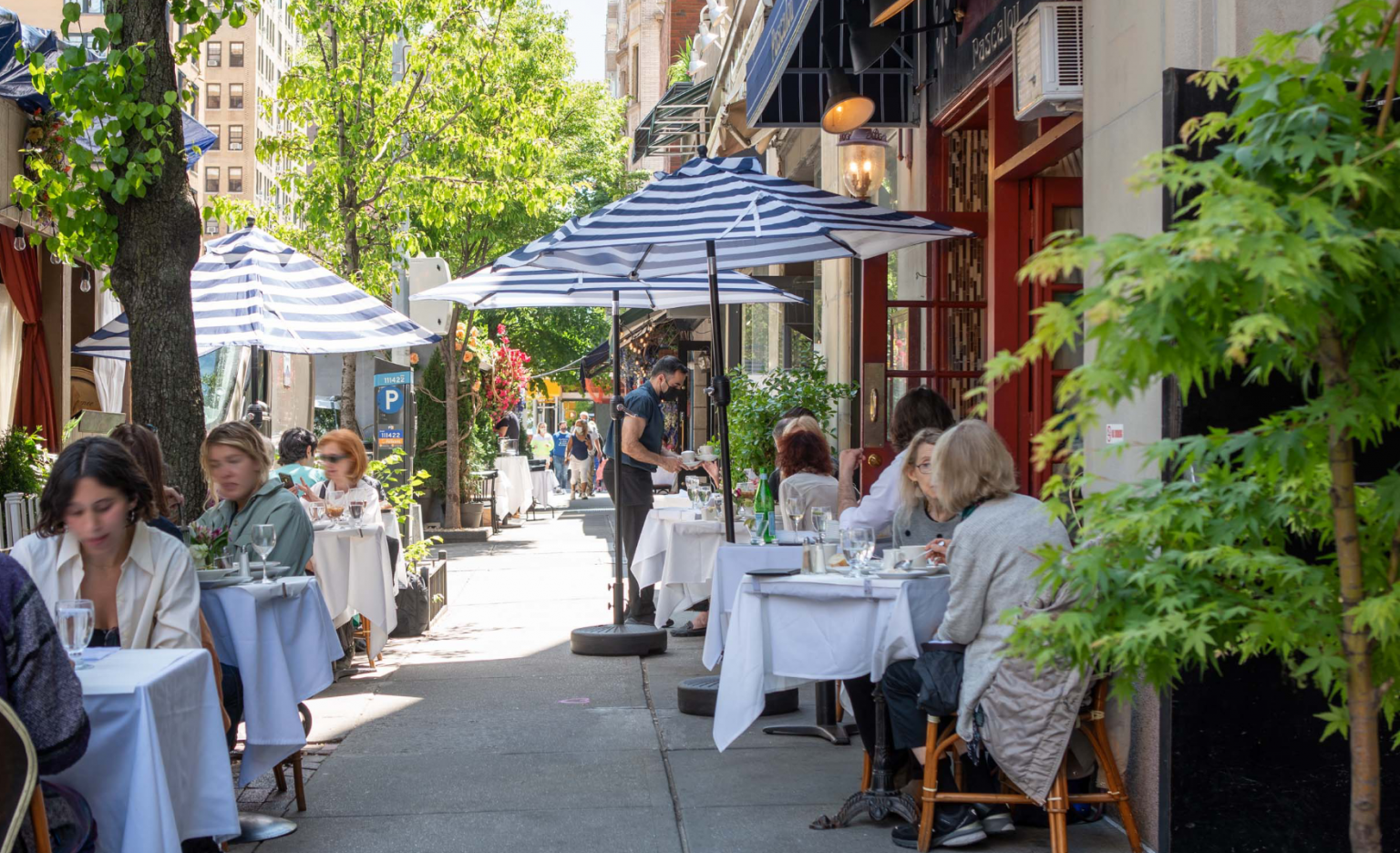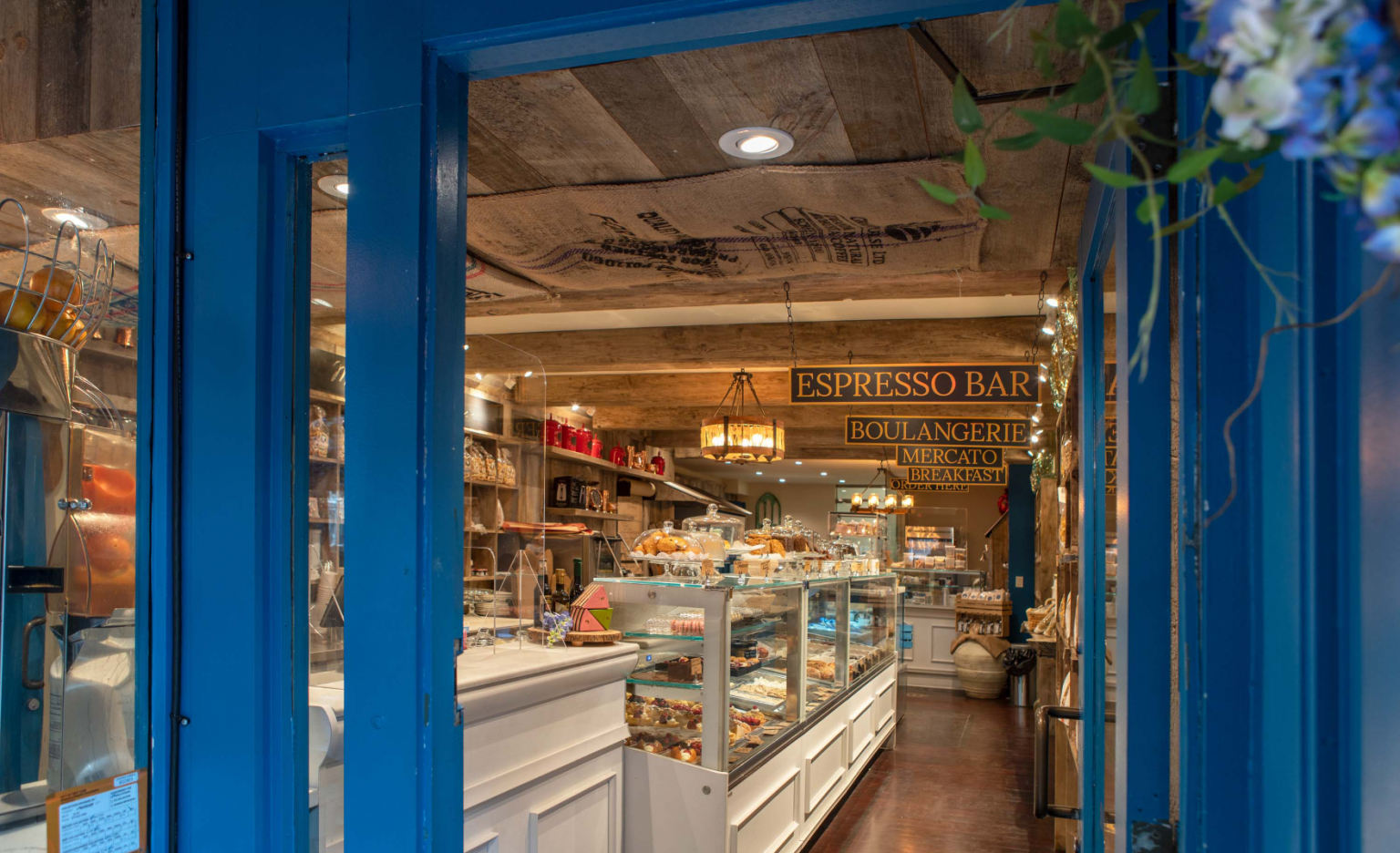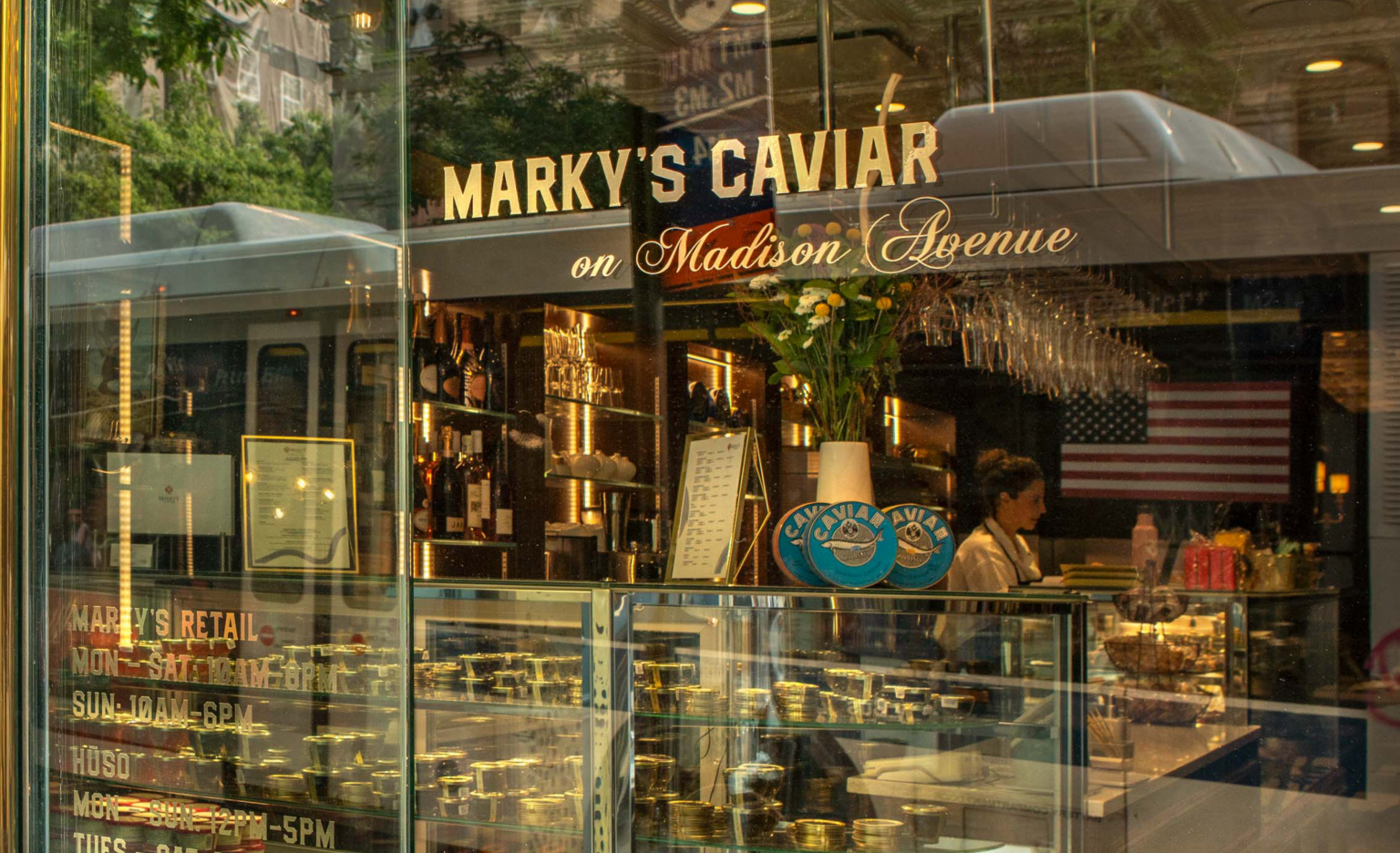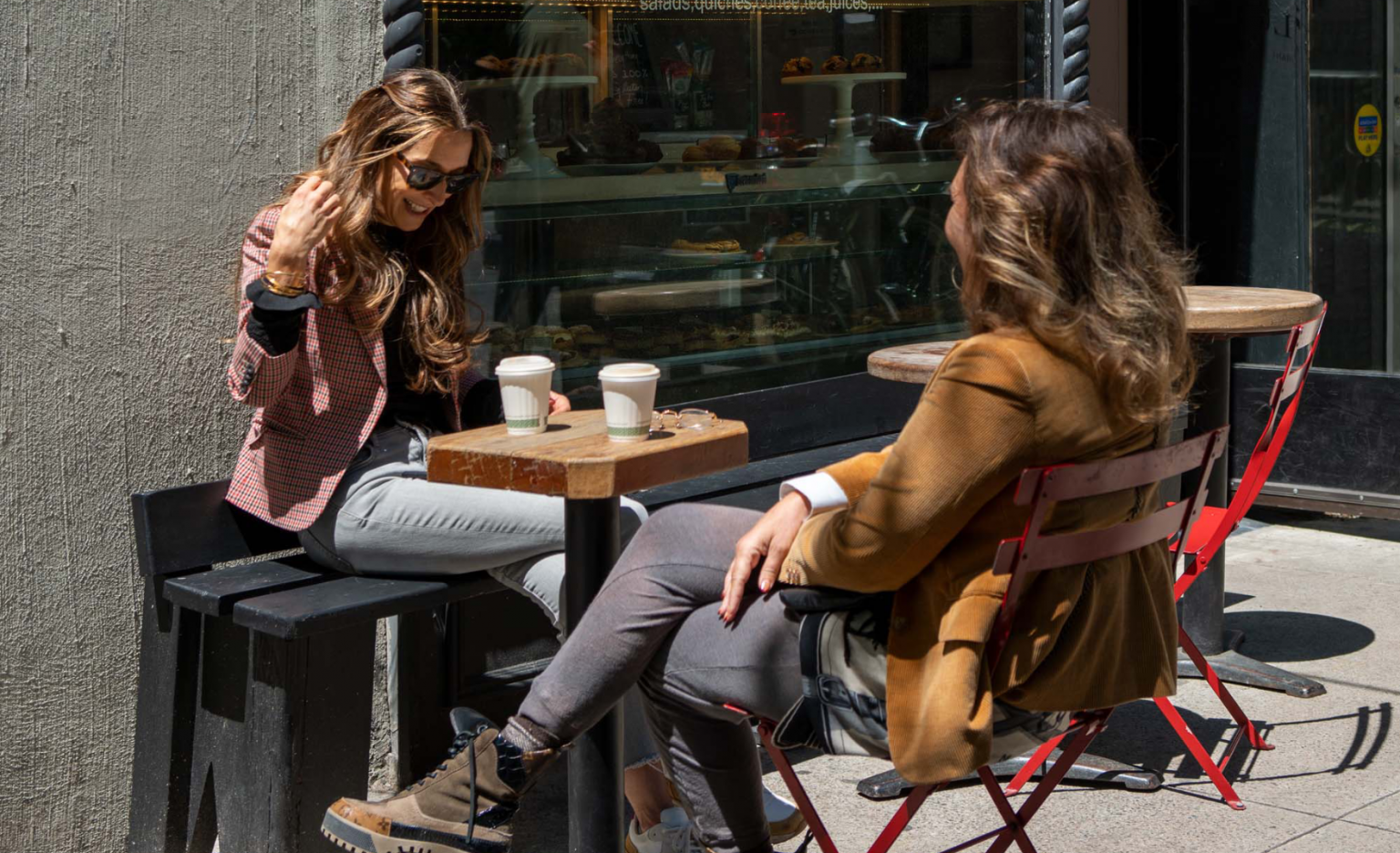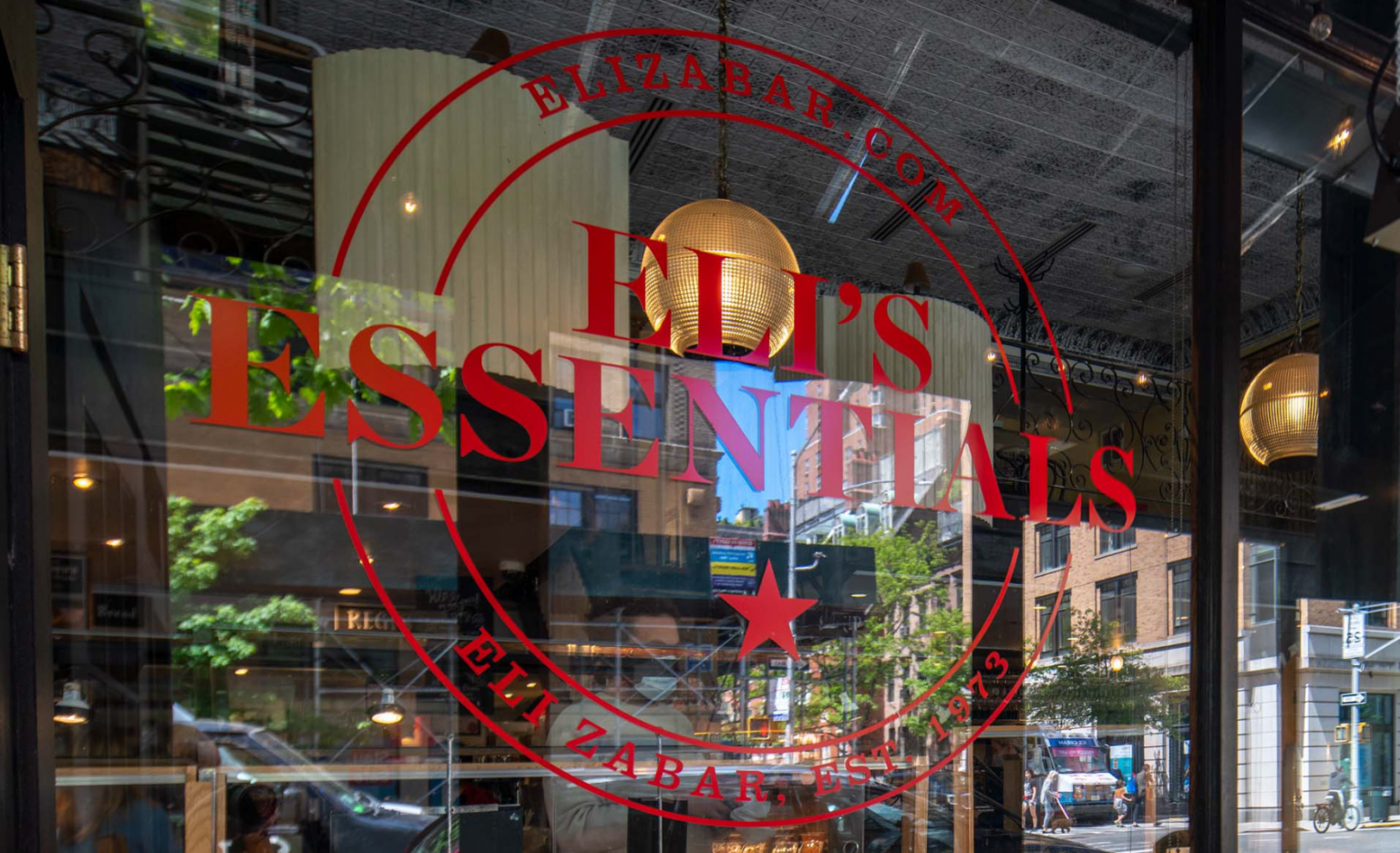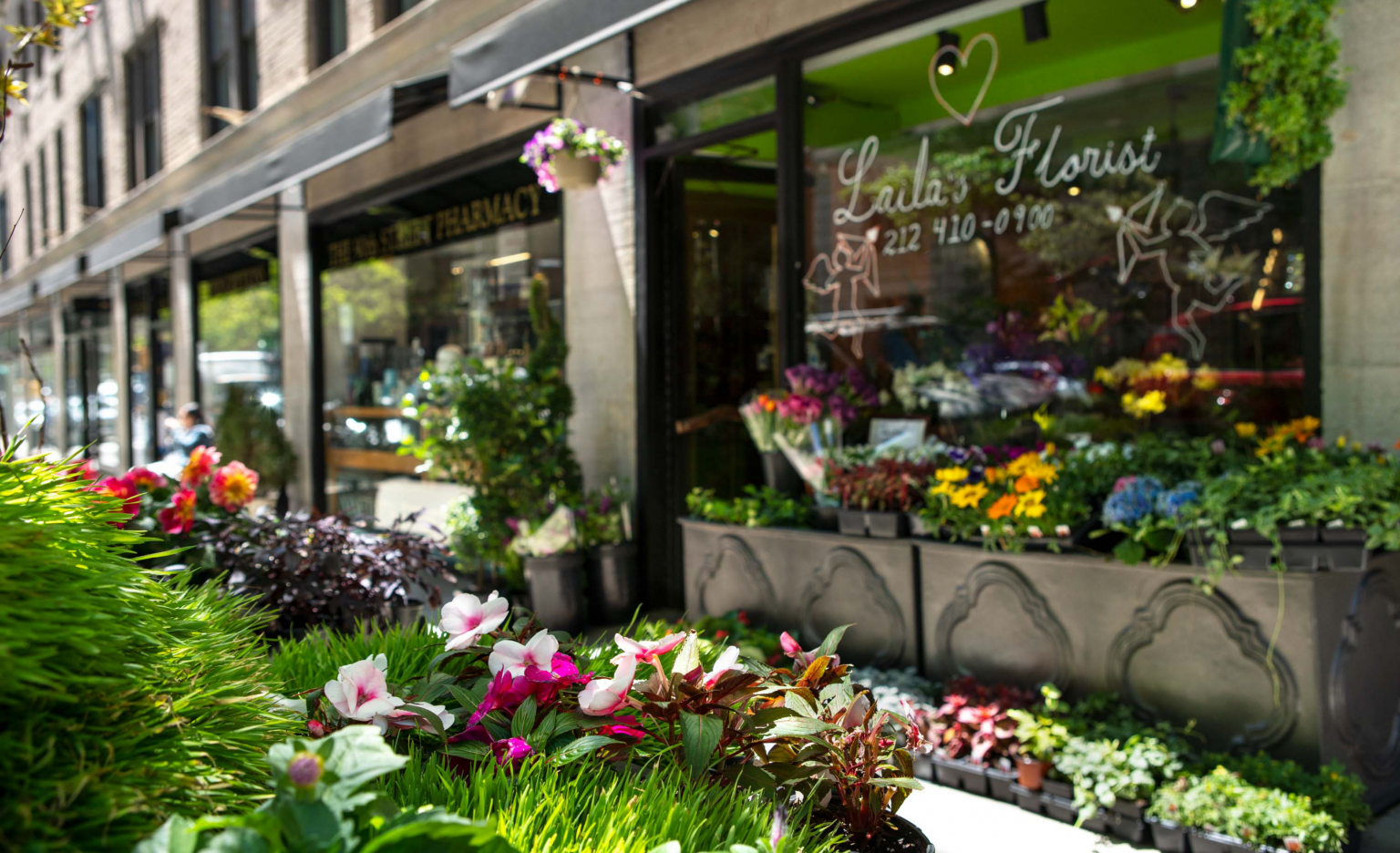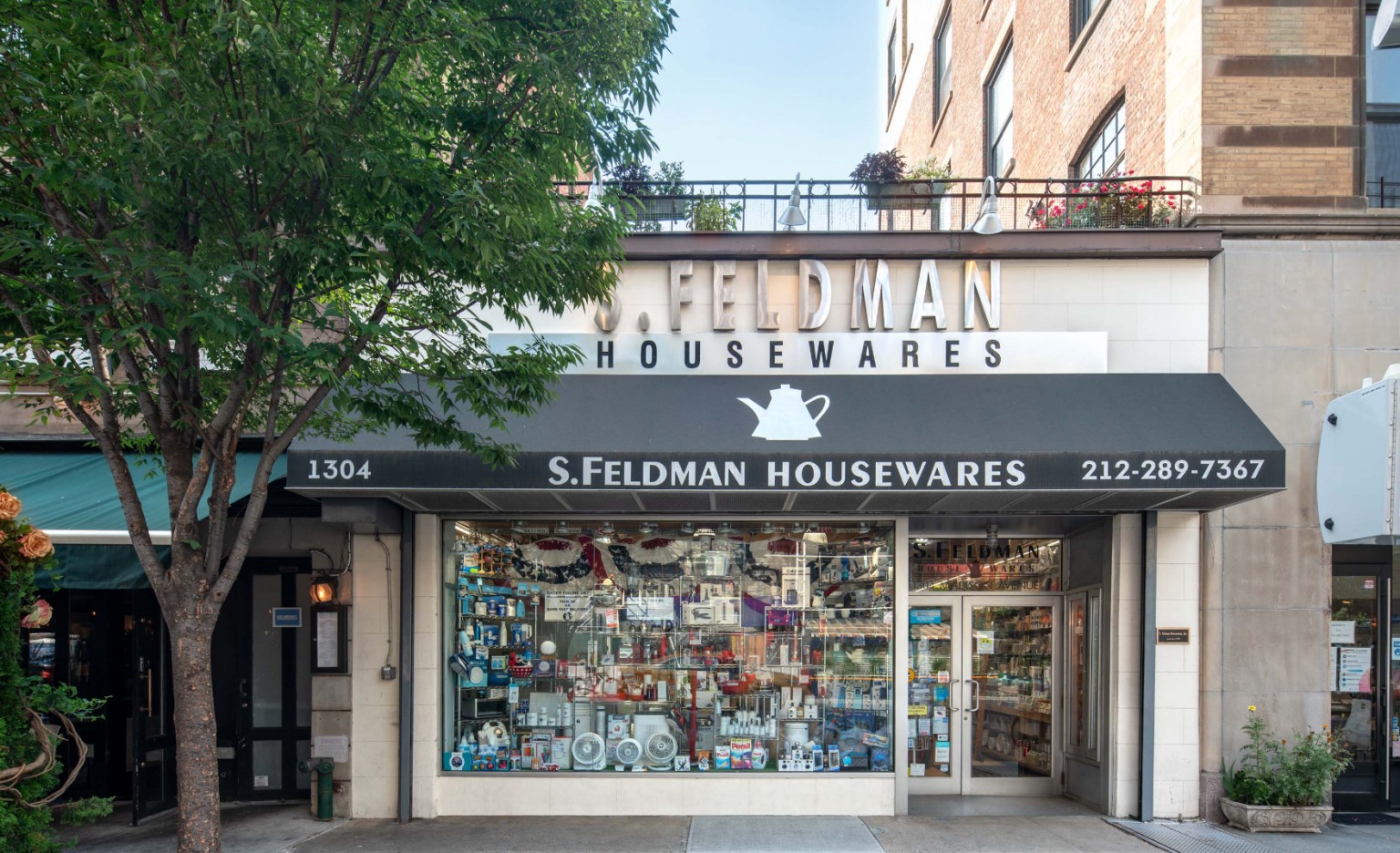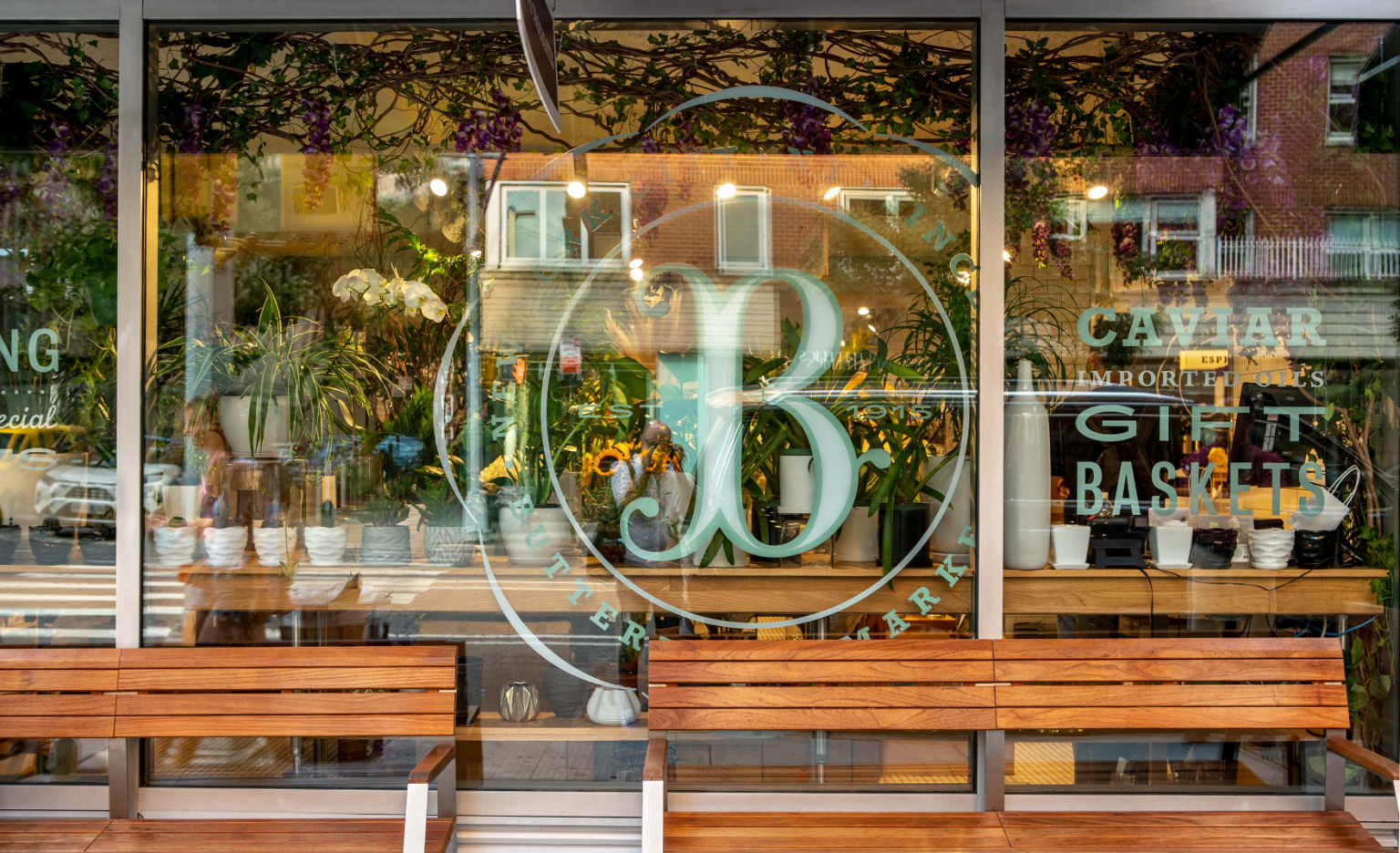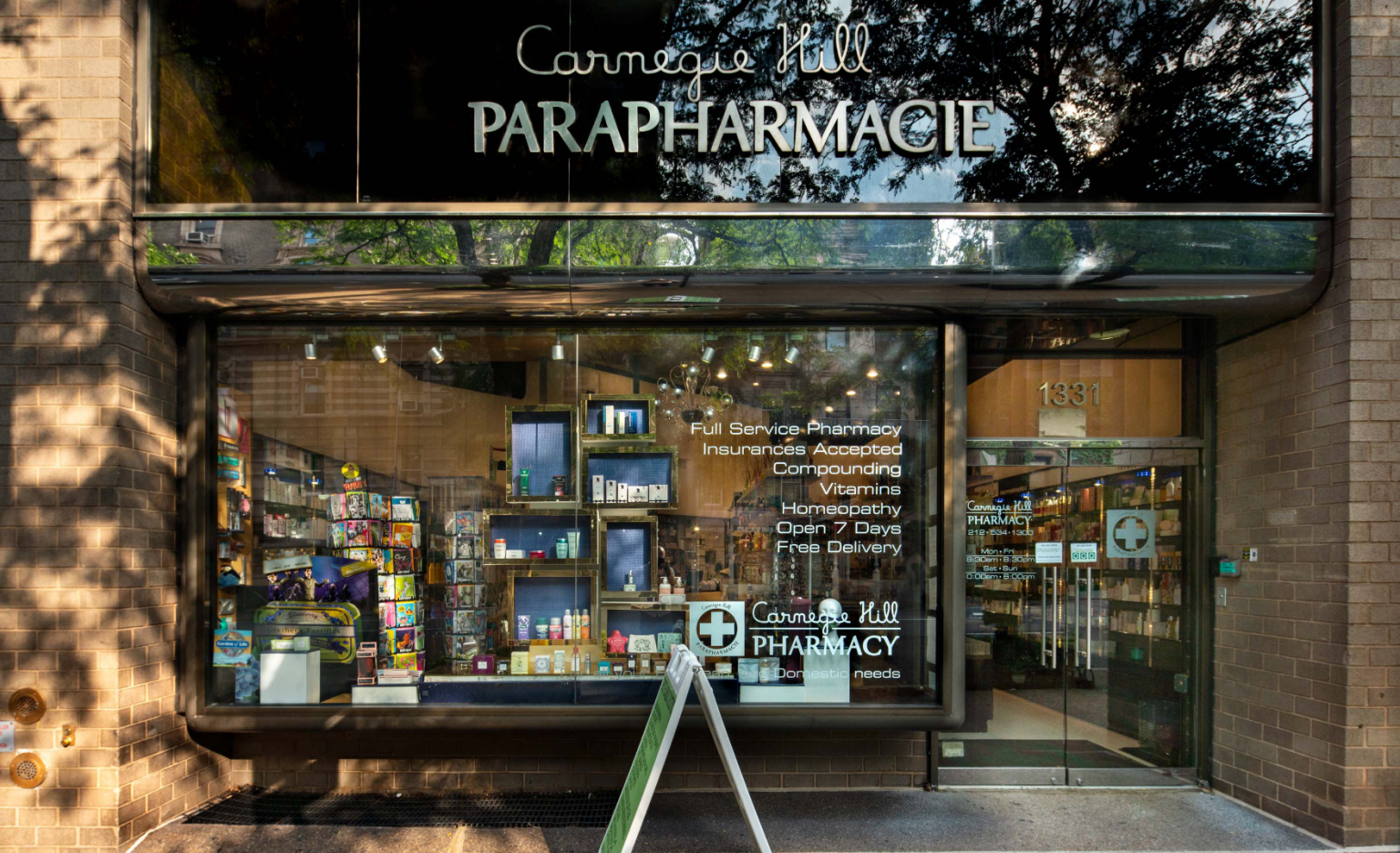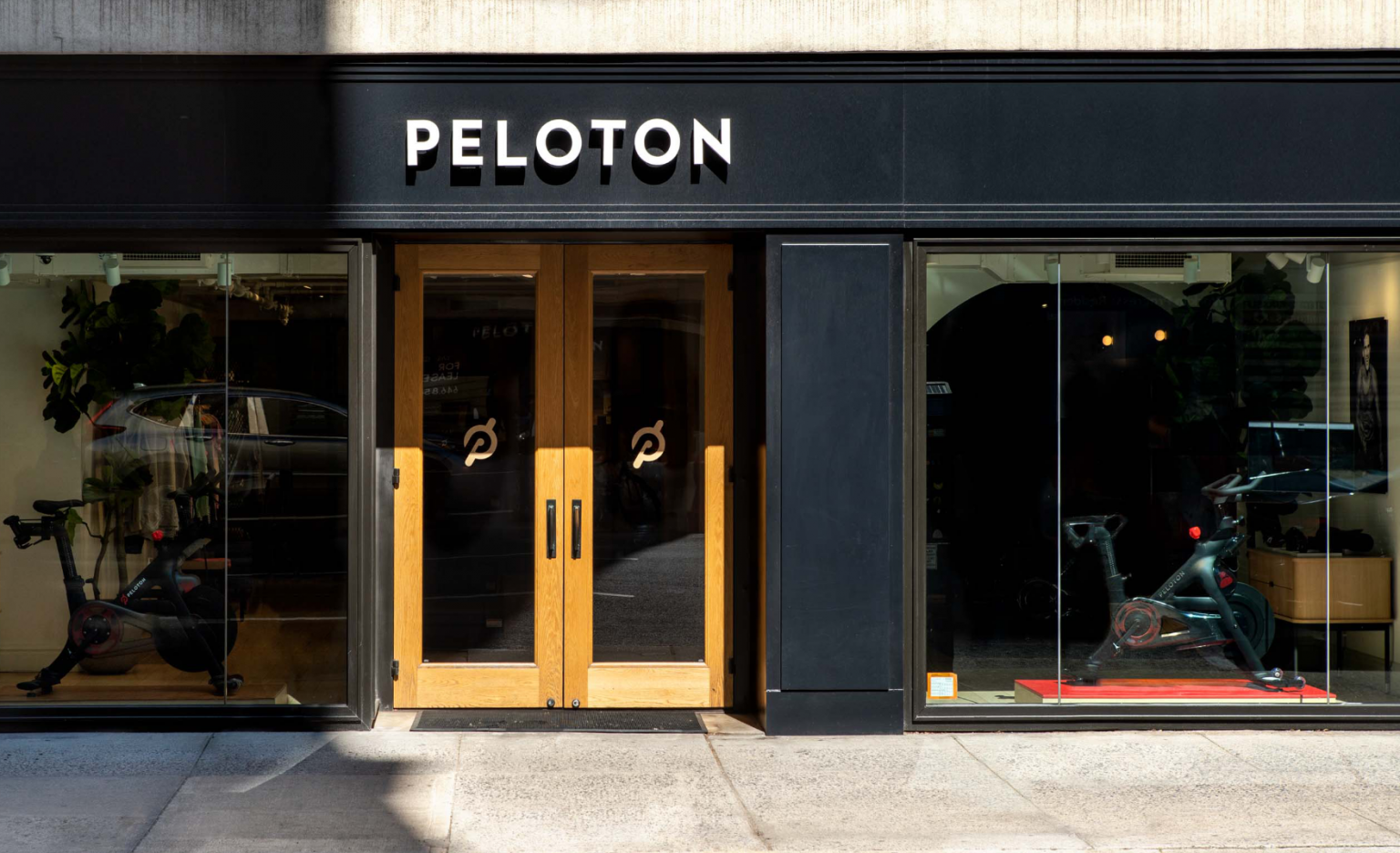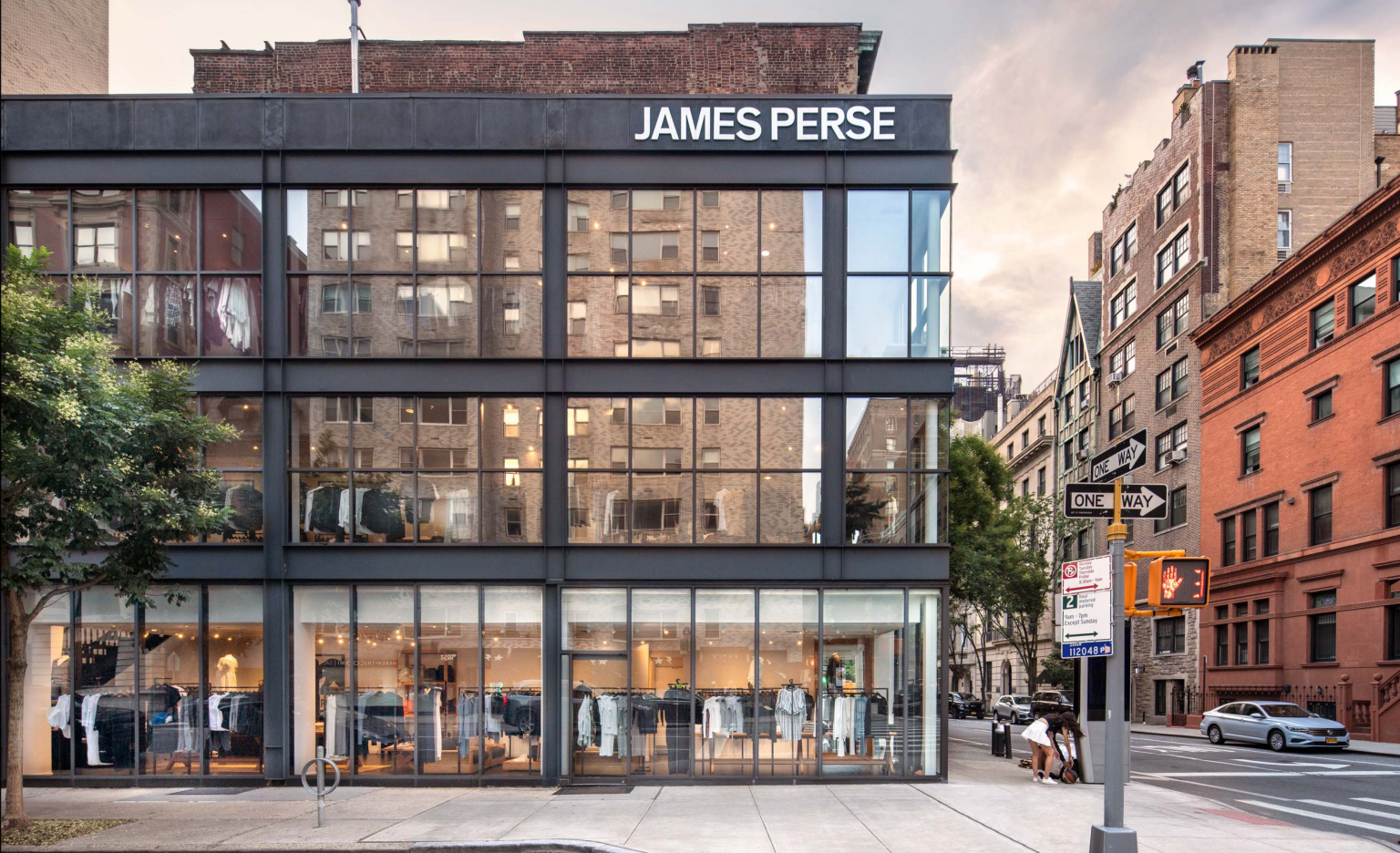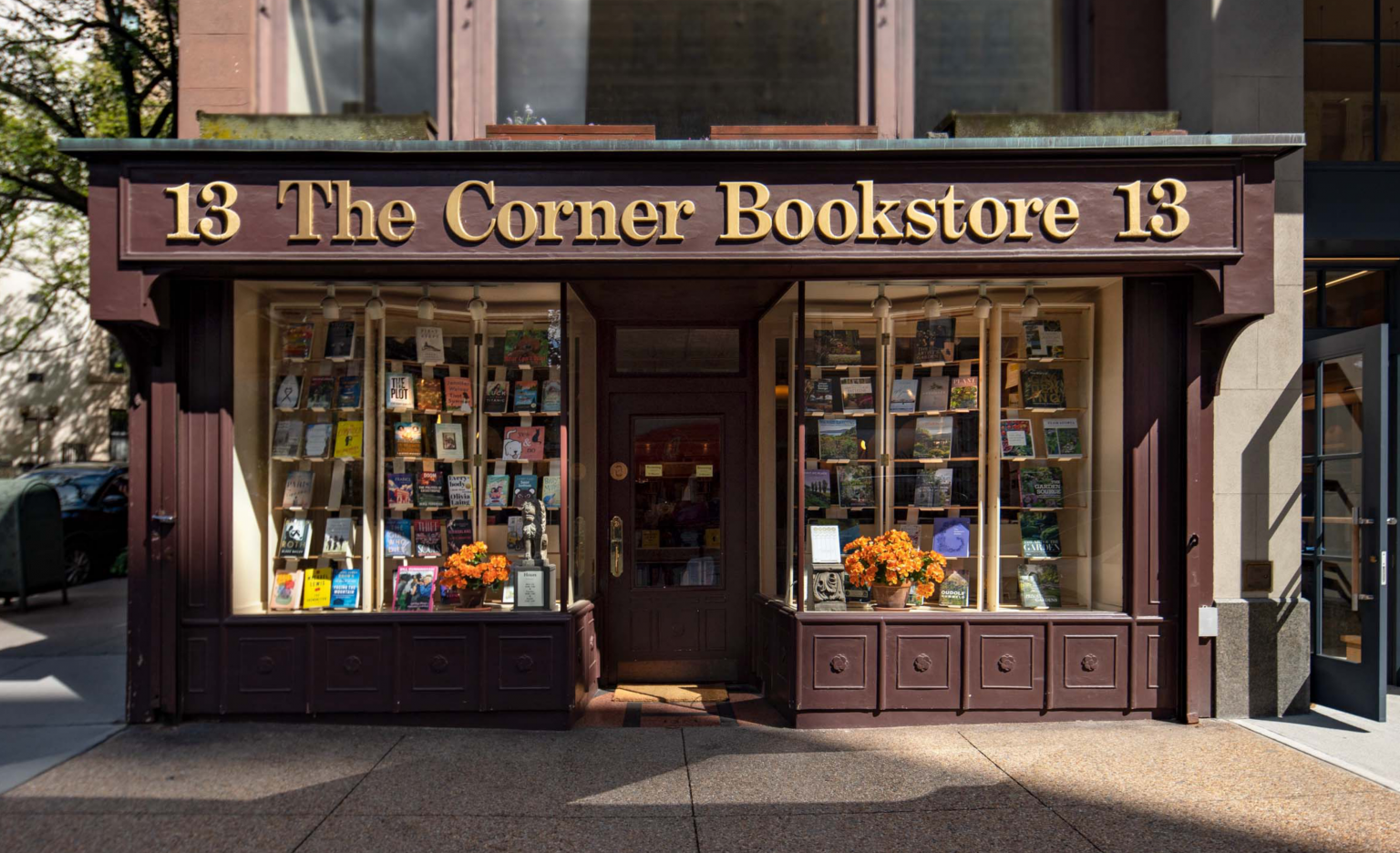Carnegie Hill
A Historic
Beginning
With its proximity to Central Park and its tranquil uptown atmosphere, Carnegie Hill has long beckoned New York’s elite. The neighborhood’s transition from a sleepy, sloping farmland began in the 1870s when rows of ornate brownstones in trendsetting revival styles were built alongside the humble clapboard homes on its side streets.
The majestic, limestone-clad apartment houses lining Tony Park Avenue came along in the 1920s and 30s. These luxurious buildings, many designed by esteemed architects Rosario Candela and J.E.R. Carpenter, took cues from the palatial scale and opulent decor of Carnegie Hill’s early townhomes and residential hotels.
Carnegie Hill is one of the most architecturally significant neighborhoods in New York City. Its designated historic districts and numerous landmarks recognize and preserve this enduring historic character.

Carnegie Hill
Today
Today, Carnegie Hill upholds its legacy as New York’s finest residential neighborhood. With Central Park, world-class schools, and globally-renowned cultural institutions only steps away, this enchanting enclave remains the crown jewel of Manhattan’s exclusive Upper East Side.
Bounded by Museum Mile to the west, Carnegie Hill offers unparalleled access to arts and culture, with numerous venues housed in the district’s historic Fifth Avenue mansions or in
architectural icons themselves. The Solomon R. Guggenheim Museum, the Cooper Hewitt Smithsonian Design Museum, The Jewish Museum, the Neue Galerie, and the National Academy of Design all call Carnegie Hill home, with The Metropolitan Museum of Art and the Museum of the City of New York just a blocks away.
Celebrated Carnegie Hill restaurants Table d’Hôte, Pascalou, and Sfoglia offer gourmet dining options, along with casual local eateries Eli’s Essentials and Wine Bar, and Russ and Daughters. Upper East Side favorites Flora Bar and The Mark Restaurant are among the culinary destinations nearby.
Here, the harmony between past and present begets a distinct sense of place. Pristine rowhouses adjoin stately mansions on leafy side streets, while upscale boutiques intermingle with independent shops along grand avenues. This unique blend of historic architecture, culture, and modern amenities makes Carnegie Hill a neighborhood like no other.

Retail
Restaurants
Schools
Museums
Fitness
Conveniences
Retail
Restaurants
Schools
Museums
Fitness
Conveniences
